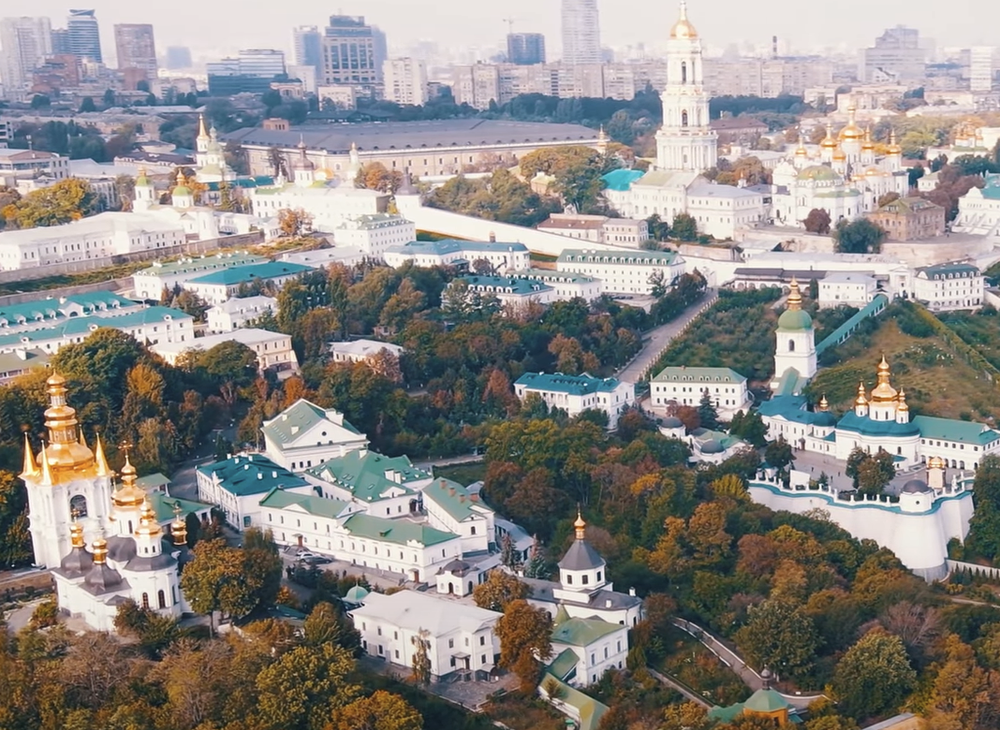So, my gentle readers, please allow me to flash back to a recent news story that I intended to discuss, but travel got in the way. This was a story that may or may not have been important, but we really don’t know because it centered on a private meeting between Pope Francis and a very symbolic Russian Orthodox leader.
Why to I say that Metropolitan Hilarion of Budapest is a highly”symbolic” Orthodox leader, especially at this point in the hellish conflict between Russia and Ukraine?
To explain my use of “symbolic,” we need to look at the Associated Press story that ran with this headline: “Pope in Hungary meets with Ukrainian refugees, Russian envoy.”
Ah, but was Metropolitan Hilarion a “Russian envoy,” in this case? Hold that thought, because things get more complex in the AP lede:
BUDAPEST, Hungary (AP) — Pope Francis plunged into both sides of Russia’s war with Ukraine on Saturday, greeting some of the 2.5 million Ukrainian refugees who have fled across the border to Hungary during a public prayer service and then meeting privately with an envoy of the Russian Orthodox Church that has strongly supported the war.
First, an important point of grammar in the final clause of that sentence, as in “meeting privately with an envoy of the Russian Orthodox Church that has strongly supported the war.” I added the bold italics, stressing that this is “that,” rather than “who.”
As we will see, it appears that the AP team covering this event knew little or nothing about the recent personal history of Hilarion. Then again, AP may have — for for some reason — chosen to omit interesting and potentially important information.
Hold that thought (again), as we read some material that appears later in this story:
Immediately after greeting and encouraging the refugees, Francis … met with the Russian Orthodox Church’s representative in Hungary, Metropolitan Hilarion, who developed close relations with the Vatican during his years as the Russian church’s foreign minister. The Vatican said the 20-minute meeting at the Holy See’s embassy in Budapest was “cordial.”
The Russian church’s strong support for the Kremlin’s war has rankled the Vatican and prevented a second papal meeting with Patriarch Kirill, the head of the Russian Orthodox Church and an ally of Russian President Vladimir Putin.










